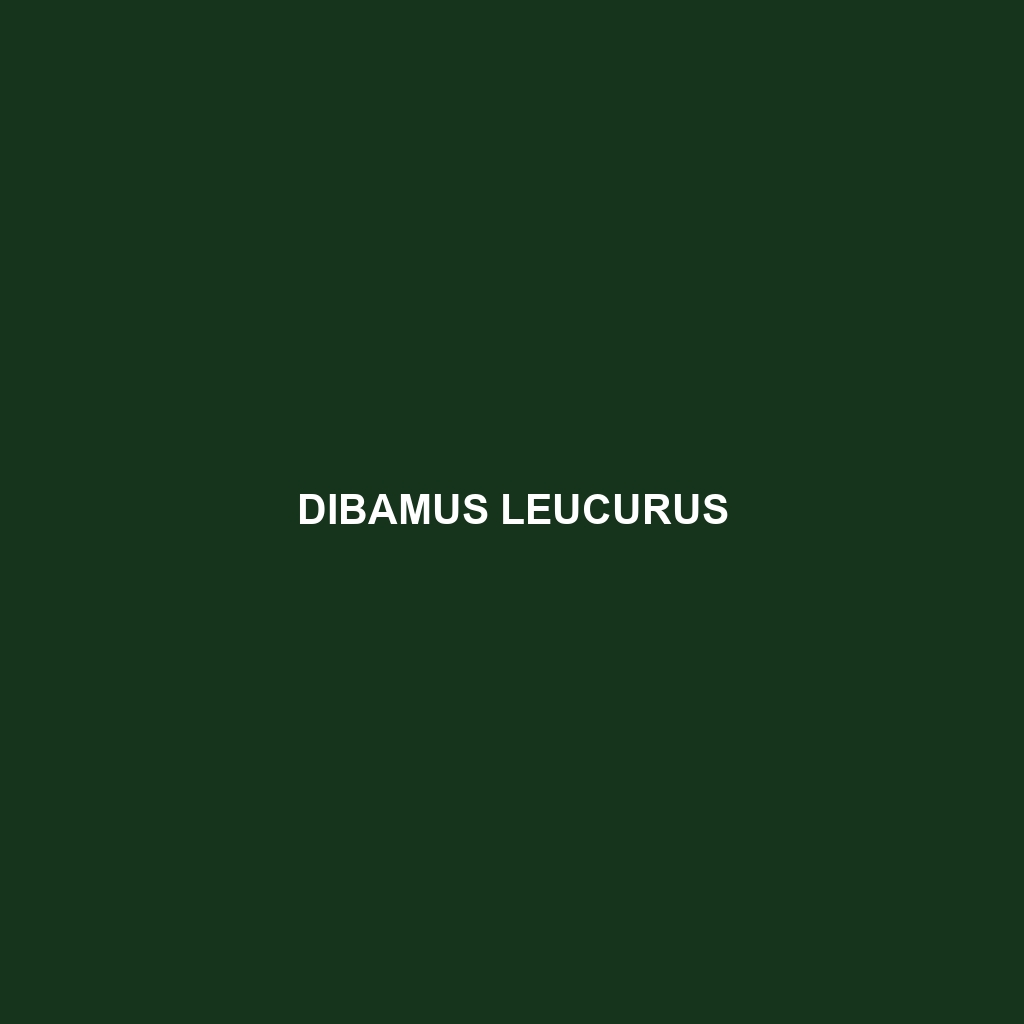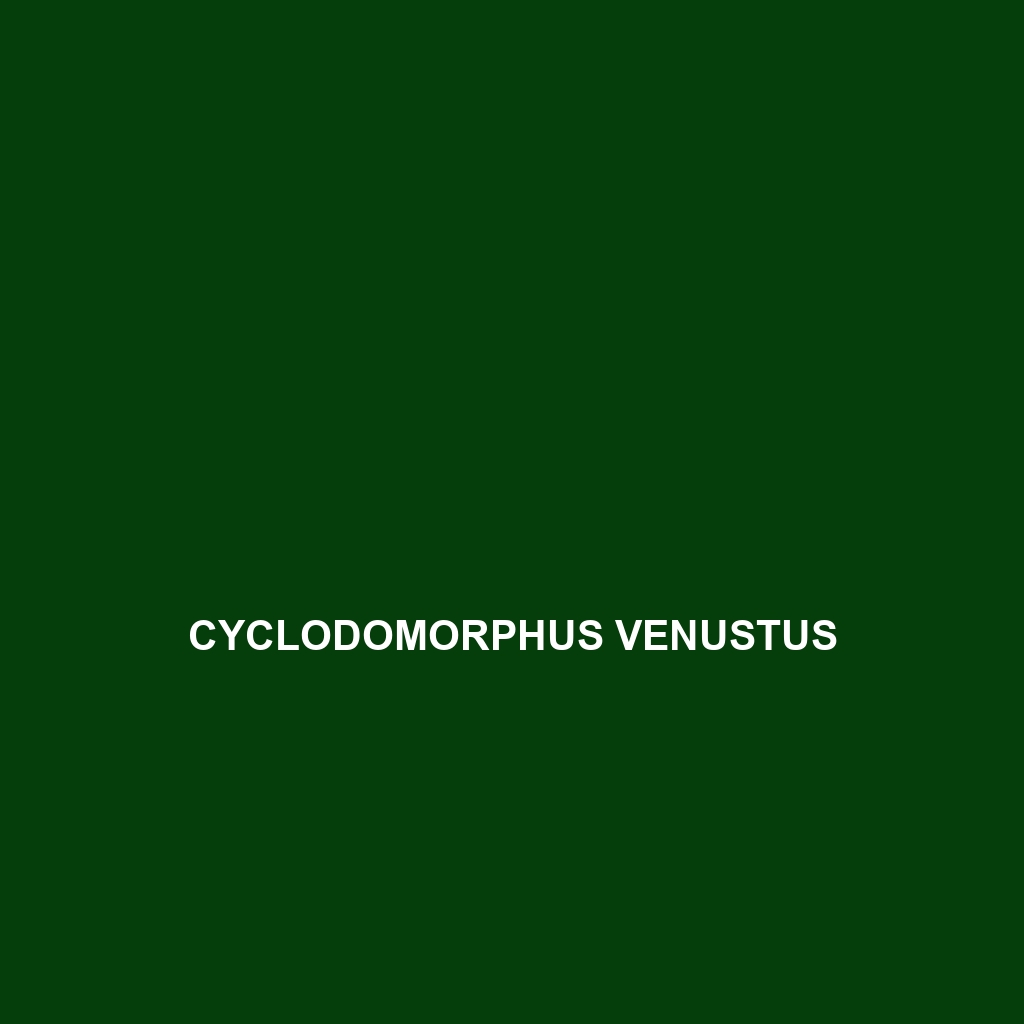Discover the unique <b>Lerista nevinae</b>, a slender, fossorial lizard native to Australia, thriving in sandy soils and arid climates. This insectivore, known for its reduced limb structure and exceptional camouflage, plays a vital role in its ecosystem by controlling invertebrate populations and contributing to soil health.
Tag: fossorial lizards
Lerista kingi
Lerista kingi, commonly known as King's Lerista, is a slender, fossorial lizard native to arid regions of Australia, characterized by a smooth, shiny scale covering and reduced limbs, which enhance its burrowing capabilities. This insectivorous species plays a crucial role in its ecosystem by controlling insect populations and contributing to soil aeration.
Dibamus leucurus
fascinating Dibamus leucurus, a slender, fossorial lizard native to the humid forests of Southeast Asia, characterized by its snake-like appearance and a diet primarily consisting of small invertebrates. This species plays a crucial role in its ecosystem, aiding in the balance of local food webs while exhibiting intriguing behaviors and adaptations for survival.
Delma nasuta
Delma nasuta, or southern delma, a slender lizard found in the southeastern regions of Australia, thriving in sandy soils and diverse habitats. This fossorial species is an agile insectivore known for its distinctive brown-gray coloration and plays a vital role in controlling insect populations within its ecosystem.
Delma australis
intriguing Delma australis, or southern snake lizard, a slender, fossorial species native to southeastern Australia, measuring 15 to 25 cm with a light brown to grey coloration and dark bands for effective camouflage. As insectivores, they feed on small invertebrates and play a vital role in their ecosystem by regulating insect populations while serving as prey for larger animals.
Cyclodomorphus venustus
Introducing the Cyclodomorphus venustus, also known as the beautiful legless lizard, this 30-35 cm long species is found in southeastern Australia, thriving in moist environments with its smooth, shiny scales and intricate patterns. Primarily fossorial, it plays a vital role in controlling invertebrate populations while showcasing striking coloration that varies among populations.
Ctenotus halysis
Experience the fascinating Ctenotus halysis, or shiny Ctenotus, a medium-sized lizard found in Australia's arid landscapes, known for its striking coloration, fossorial behavior, and vital role in controlling insect populations. This adaptable species thrives in sandy soils and plays a crucial part in maintaining its ecosystem's balance.
Brachymeles tridactylus
Discover the Brachymeles tridactylus, or three-toed skink, a slender lizard endemic to the Philippines, characterized by its reduced limbs, vibrant coloring, and fossorial behavior. This vulnerable species plays a vital role in its ecosystem by controlling insect populations and aiding soil aeration.
Anguis graeca
Discover the Greek legless lizard, Anguis graeca, a unique fossorial species native to southeastern Europe, thriving in warm climates and characterized by its elongated, limbless body and diet of small invertebrates. Currently listed as "Near Threatened," this lizard plays a crucial role in maintaining ecosystem balance while being an essential predator and prey in its natural habitat.









